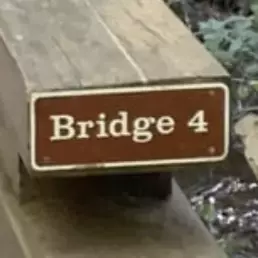On GNOME, I like BlackBox, though Prompt looks promising once it’s stable.
- 1 Post
- 76 Comments
Actually, the primary dev is no longer active. The other developers have moved to a fork called Input Leap that has Wayland support.
Maybe try Input Leap. It’s an actively maintained fork of Barrier (Barrier isn’t maintained), and it has Wayland support.
Maybe try Input Leap. It’s an actively maintained fork of Barrier (Barrier isn’t maintained), and it has Wayland support.
Most of what you said applies to the Linux kernel too. It’s good to have other options, but being popular does not mean something is bad.

 1·11 months ago
1·11 months agoThat should work, though you may want to look into Framework instead.
Also, KOReader adds a bunch of extra features and functionality.
Kindles are really hard to root. Use XDA Developers forum for this kind of thing. https://xdaforums.com/t/fire-hd-8-2018-only-unbrick-downgrade-unlock-root.3894256/, which is what that guide is based on, looks like it only works for the 2018 version and seems way more difficult and risky than most ROM installations. Also, that won’t install Linux, just a different Android version.
Honestly, an actual ereader might work out better for you if that’s all you plan to do.
You can’t do that. Installing custom ROMs on Android devices is very different than installing an OS on a desktop/laptop. Most devices don’t allow changing the OS at all, most of the ones that do don’t have any Linux builds, and then you’ll be stuck with whatever distro you’re given (probably UBPorts or maybe PostmarketOS) rather than choosing your own.
I think their RSS feed has a placeholder title for this.
Yes. Why?
People try to upload CP and get the admin arrested for hosting it.

 11·1 year ago
11·1 year agoYeah, MacOS wasn’t originally intended for x86 CPUs.
He’s pretty much the quintessential QA tester. He wants to do things his way, regardless of whether or not the OS wants him to do that. He’s usually skilled enough to fix anything he messes up, but he doesn’t know enough about Linux to do that, so he ends up breaking things. I feel like most people have a better experience than he did, but his technique uncovered a ton of bugs and usability issues that significantly improved the Linux desktop to have fixed.

 3·1 year ago
3·1 year agoTiling addons. I like having a full DE, but I also want tiling, so Pop!_Shell on GNOME and Polonium on KDE are invaluable (and yes, COSMIC looks really promising).
Great answer. People frequently think that Android phones work just like desktops, but they are very different.
Have you installed a custom ROM on it? If not, you definitely don’t have the skills for this. If so, have you built your own ROM for it? If not, do that so you learn how it works in a predictable environment. Then port something existing to it, like UBPorts. Only after you do all of that and probably a lot more should you attempt to effectively develop your own distro on hostile hardware.


It would be largely fine, but be careful. Being immutable, a lot of things that you would expect will work differently or not at all. I would not recommend it, but if you’re in for a challenge, it’s not bad.